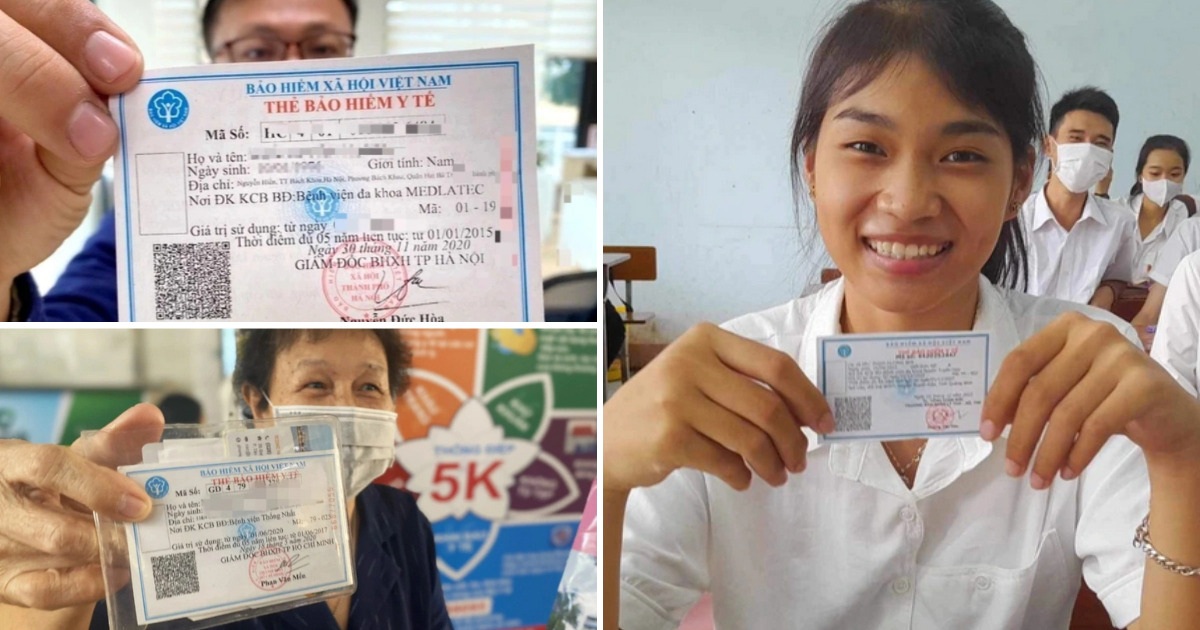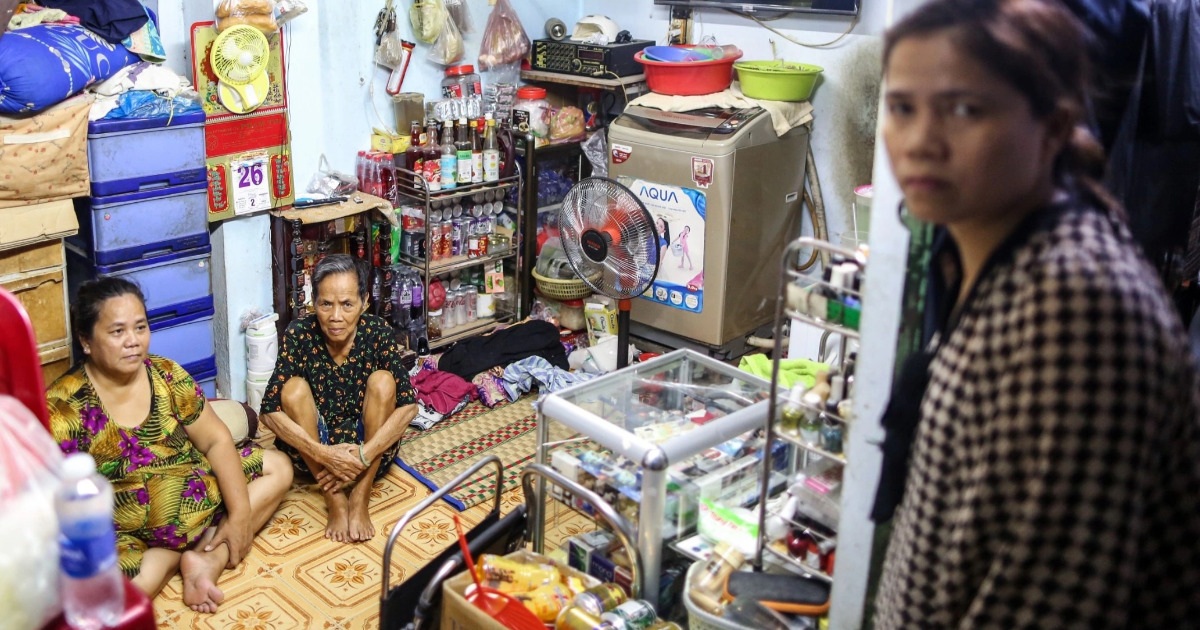Vietnam is experiencing rapid population aging, posing significant challenges for its healthcare system and families. The elderly population (aged 65 and above) currently accounts for 12% of the population and is projected to increase to 25% by 2050. This necessitates comprehensive solutions to ensure the quality of life and health of the elderly.
Population Aging and Health Burden:
Vietnam’s elderly population has significantly increased over the years. In 2009, there were approximately 7.45 million elderly people. This is projected to reach 17.28 million by 2029 and 31.69 million by 2069. This rapid aging process demands careful preparation from both the healthcare system and families.
While life expectancy is rising, Vietnamese elderly are facing a dual burden of illness. Dr. Nguyen The Anh, Director of the Friendship Hospital, emphasizes that many elderly individuals live with multiple chronic conditions, impacting their quality of life and placing pressure on families and the healthcare system. Common chronic diseases among the elderly include cardiovascular issues, diabetes, cancer, osteoporosis, and dementia. On average, an elderly person might have 3-4 chronic illnesses.
Challenges for the Healthcare System:
According to Deputy Minister of Health Tran Van Thuan, Vietnam’s elderly population faces a dual burden of illness due to a combination of chronic conditions and the risk of functional decline. This poses significant challenges for the healthcare system in providing care and treatment. Dr. Ha Anh Duc, Director of the Department of Healthcare Management (Ministry of Health), highlighted the shortcomings in infrastructure and healthcare systems for the elderly, such as insufficient facilities for people with disabilities and wheelchair users.
Solutions and Future Directions:
Addressing this issue requires close collaboration among the healthcare system, families, and the community. Solutions include:
- Improving the quality of elderly healthcare: Focusing not only on treating diseases but also on prevention, rehabilitation, mental health care, and social support.
- Developing geriatric healthcare systems: Increasing the number of geriatric hospitals and clinics, and training specialized personnel.
- Improving infrastructure: Providing easier access to healthcare services for the elderly, especially for wheelchair users.
- Promoting health education: Educating the elderly and the community about health management and disease prevention.
- Strengthening social support: Creating a supportive social environment to encourage active community participation for the elderly.
Conclusion:
Population aging is a significant challenge for Vietnam. To mitigate the health burden and improve the quality of life for the elderly, there needs to be greater attention, investment, and collaboration from all levels of government, healthcare institutions, families, and the community. Only through comprehensive and effective solutions can Vietnam adequately meet the healthcare needs of its aging population in the future.
Source:
- https://dantri.com.vn/suc-khoe/nguoi-cao-tuoi-o-viet-nam-doi-mat-ganh-nang-benh-tat-kep-20250327170016714.htm (or other relevant sources if available)



